When Lady Dufferin, the owner of Clandeboye Estate outside Bangor, died in October 2020 there might have been fears about the future for the large Co Down estate, which extends to over 2,000ac.
However, the Marchioness of Dufferin and Ava left Clandeboye Estate in a trust, and over the years had the foresight to invest in various business ventures that generate the income necessary to maintain the historic mansion house, gardens, courtyard and woodland.
“The estate can stand on its own two feet now,” maintains estate manager Mark Logan.
Hosting a visit by agricultural journalists last Thursday, Mark recounted how during much of his 32 years working at Clandeboye, it was often a matter of balancing the books each year. If a significant spend was necessary, it might have required an asset to be sold or Lady Dufferin to dip into her own personal finances.
But there is now money to reinvest in the estate, thanks in part to two significant investments over the last 10 years. That includes the £1.5m spend on a 250kW anaerobic digestion (AD) facility, which is moving into its seventh year of operation.
The facility supplies all the electricity needs of the estate, with 60% of the power generated sold into the electricity grid. The heat from the AD plant is also used to supply hot water and heating to the various buildings throughout the estate, which ultimately adds significantly to the efficiency of the overall process. According to Mark, overall payback on the £1.5m investment is seven years.
Rising energy prices mean the economics of AD look very healthy at present, and once a new electricity contract comes into play this spring, Mark expects that the facility will be profitable even without including the income from Renewable Obligation Certificates (ROCs).
Farm
Within the estate there is around 670ac of farmland, which is used to provide feed for the 100-cow dairy herd as well as the AD facility.
Feedstock for the AD plant includes about 15t of silage per day made up of a mix of grass silage, forage rye and maize silage. Slurry from the farm is used along with some farmyard manure, and the whey and first washings from the yoghurt processing facility on the estate.
“The cows get the same forages as part of a total mixed ration, with the only difference being the forage for the AD is chopped much shorter,” says Mark.

The Clandeboye herd consists of 70 pedigree Holstein cows run alongside 30 pedigree Jersey animals.
Dairy farming has been central to the Clandeboye Estate since the 1950s, with the herd currently made up of 70 pedigree Holstein cows run alongside 30 pedigree Jersey animals.
Even though the AD plant is important to the economics of the estate, the cows still get offered the first-cut silage.
The herd is year-round calving, although Mark tries not to have too many calving in summer months. Holstein cows are kept separate from the Jerseys when housed, with the Holsteins in slightly bigger cubicles. Cows are all run together when at grass.
Mark is also well known in the show ring, with the Jersey cow Clandeboye Tequila Cookie crowned interbreed champion at the 2021 RUAS Winter Fair.
Now retired from the show circuit, she is still in the herd and due to calve down later this year.
Facilities
Outside of the farming operation, Clandeboye Estate comprises the largest broadleaf woodland in NI, as well as walled gardens adjoining the courtyard, a chapel and three golf courses. Facilities are also available for corporate events, parties and weddings.
Growing a unique
yoghurt business
Lady Dufferin was a famous artist, but perhaps in her later years became best known for her Clandeboye Estate Yoghurt, now available in retail stores throughout Ireland.
The estate started out making yoghurt in 2007, using 150 litres of milk per week, and selling at St George’s Market in Belfast.
With steady growth in sales, the decision was taken in 2020 to invest £2m in a purpose-built facility opened in July 2022.

The general manager of Clandeboye Estate Yoghurt, Bryan Boggs
According to the general manager of Clandeboye Estate Yoghurt, Bryan Boggs, around 8,000 litres of milk per week are currently going through the new plant, so it is utilising all the milk from the cows on the farm, as well as the milk from a neighbouring dairy farmer.
“We have grown very organically and we have not thrown a big marketing spend at it,” explained Bryan, who added that the new factory is of sufficient size that it could easily double output in future years.
The Clandeboye products have won various awards, and one of the main selling points is that no milk powders or thickening agents are added during processing.
“We are selling a really natural and clean product. It is quite an acidic product – that is what we are going after,” said Bryan.
Greek Style
As well as their range of natural yoghurts, Clandeboye also offer Greek Style yoghurt strained by hand through cheese cloth.
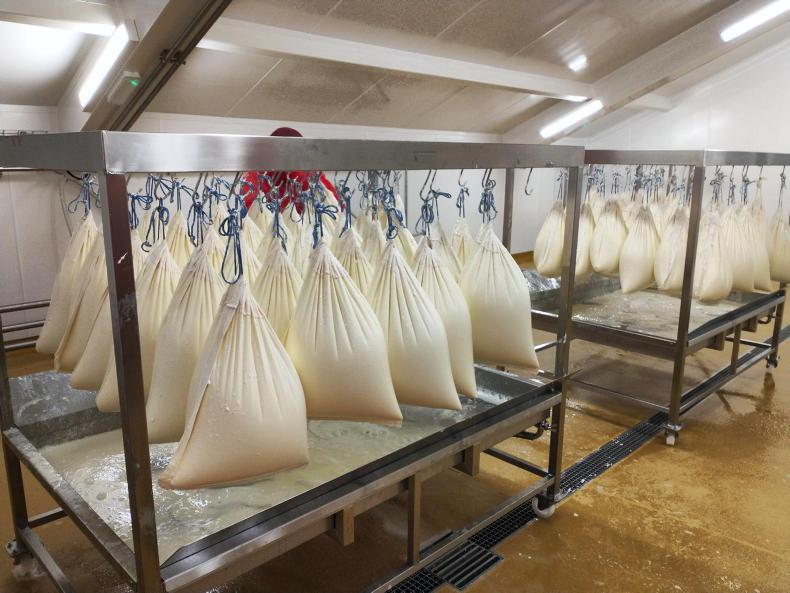
Greek style yoghurt is strained by hand through cheese cloth
“It is an old method. It is very labour intensive and quite expensive to do. We are probably the only one doing it in Ireland,” said Bryan.
In recognition of the work done at Clandeboye to utilise renewable energy, minimise waste and rely on locally sourced produce, the yoghurt business was recently named Sustainable Food and Drink Company of the Year by Business Eye magazine.
Read more
Jerseys take three interbreeds at Winter Fair
Biomethane set for Northern Ireland’s gas grid
When Lady Dufferin, the owner of Clandeboye Estate outside Bangor, died in October 2020 there might have been fears about the future for the large Co Down estate, which extends to over 2,000ac.
However, the Marchioness of Dufferin and Ava left Clandeboye Estate in a trust, and over the years had the foresight to invest in various business ventures that generate the income necessary to maintain the historic mansion house, gardens, courtyard and woodland.
“The estate can stand on its own two feet now,” maintains estate manager Mark Logan.
Hosting a visit by agricultural journalists last Thursday, Mark recounted how during much of his 32 years working at Clandeboye, it was often a matter of balancing the books each year. If a significant spend was necessary, it might have required an asset to be sold or Lady Dufferin to dip into her own personal finances.
But there is now money to reinvest in the estate, thanks in part to two significant investments over the last 10 years. That includes the £1.5m spend on a 250kW anaerobic digestion (AD) facility, which is moving into its seventh year of operation.
The facility supplies all the electricity needs of the estate, with 60% of the power generated sold into the electricity grid. The heat from the AD plant is also used to supply hot water and heating to the various buildings throughout the estate, which ultimately adds significantly to the efficiency of the overall process. According to Mark, overall payback on the £1.5m investment is seven years.
Rising energy prices mean the economics of AD look very healthy at present, and once a new electricity contract comes into play this spring, Mark expects that the facility will be profitable even without including the income from Renewable Obligation Certificates (ROCs).
Farm
Within the estate there is around 670ac of farmland, which is used to provide feed for the 100-cow dairy herd as well as the AD facility.
Feedstock for the AD plant includes about 15t of silage per day made up of a mix of grass silage, forage rye and maize silage. Slurry from the farm is used along with some farmyard manure, and the whey and first washings from the yoghurt processing facility on the estate.
“The cows get the same forages as part of a total mixed ration, with the only difference being the forage for the AD is chopped much shorter,” says Mark.

The Clandeboye herd consists of 70 pedigree Holstein cows run alongside 30 pedigree Jersey animals.
Dairy farming has been central to the Clandeboye Estate since the 1950s, with the herd currently made up of 70 pedigree Holstein cows run alongside 30 pedigree Jersey animals.
Even though the AD plant is important to the economics of the estate, the cows still get offered the first-cut silage.
The herd is year-round calving, although Mark tries not to have too many calving in summer months. Holstein cows are kept separate from the Jerseys when housed, with the Holsteins in slightly bigger cubicles. Cows are all run together when at grass.
Mark is also well known in the show ring, with the Jersey cow Clandeboye Tequila Cookie crowned interbreed champion at the 2021 RUAS Winter Fair.
Now retired from the show circuit, she is still in the herd and due to calve down later this year.
Facilities
Outside of the farming operation, Clandeboye Estate comprises the largest broadleaf woodland in NI, as well as walled gardens adjoining the courtyard, a chapel and three golf courses. Facilities are also available for corporate events, parties and weddings.
Growing a unique
yoghurt business
Lady Dufferin was a famous artist, but perhaps in her later years became best known for her Clandeboye Estate Yoghurt, now available in retail stores throughout Ireland.
The estate started out making yoghurt in 2007, using 150 litres of milk per week, and selling at St George’s Market in Belfast.
With steady growth in sales, the decision was taken in 2020 to invest £2m in a purpose-built facility opened in July 2022.

The general manager of Clandeboye Estate Yoghurt, Bryan Boggs
According to the general manager of Clandeboye Estate Yoghurt, Bryan Boggs, around 8,000 litres of milk per week are currently going through the new plant, so it is utilising all the milk from the cows on the farm, as well as the milk from a neighbouring dairy farmer.
“We have grown very organically and we have not thrown a big marketing spend at it,” explained Bryan, who added that the new factory is of sufficient size that it could easily double output in future years.
The Clandeboye products have won various awards, and one of the main selling points is that no milk powders or thickening agents are added during processing.
“We are selling a really natural and clean product. It is quite an acidic product – that is what we are going after,” said Bryan.
Greek Style
As well as their range of natural yoghurts, Clandeboye also offer Greek Style yoghurt strained by hand through cheese cloth.

Greek style yoghurt is strained by hand through cheese cloth
“It is an old method. It is very labour intensive and quite expensive to do. We are probably the only one doing it in Ireland,” said Bryan.
In recognition of the work done at Clandeboye to utilise renewable energy, minimise waste and rely on locally sourced produce, the yoghurt business was recently named Sustainable Food and Drink Company of the Year by Business Eye magazine.
Read more
Jerseys take three interbreeds at Winter Fair
Biomethane set for Northern Ireland’s gas grid







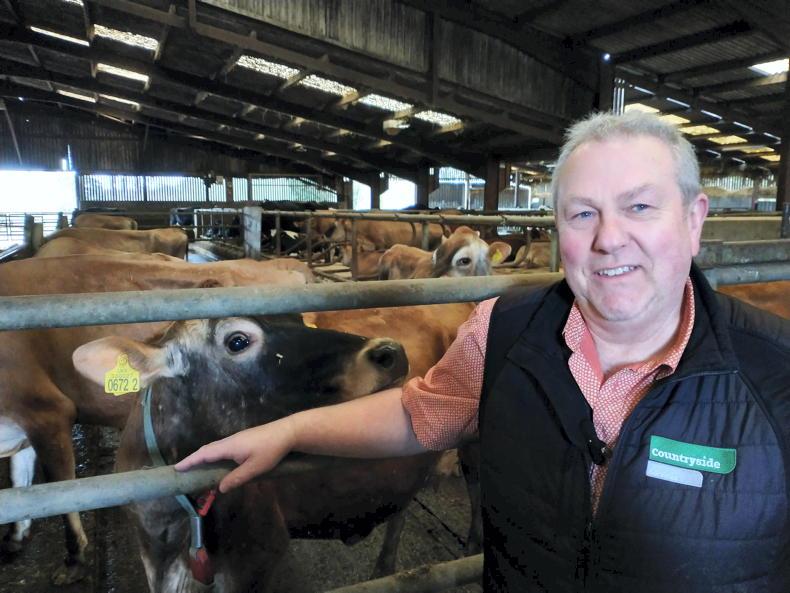
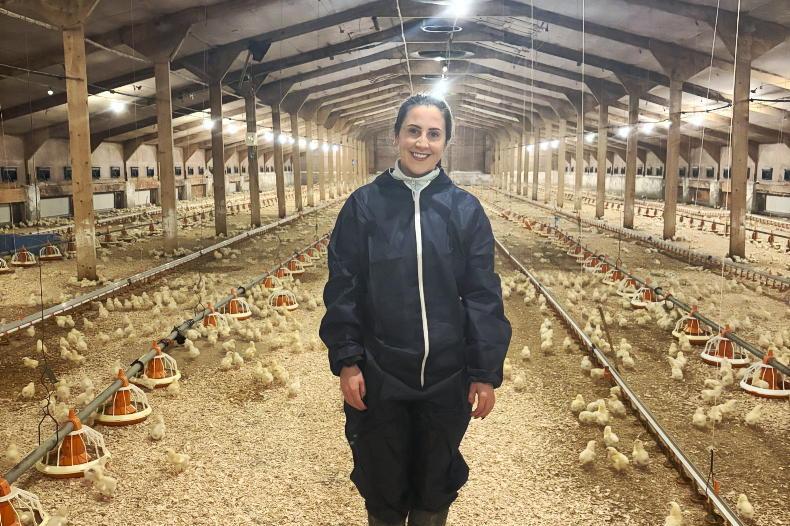

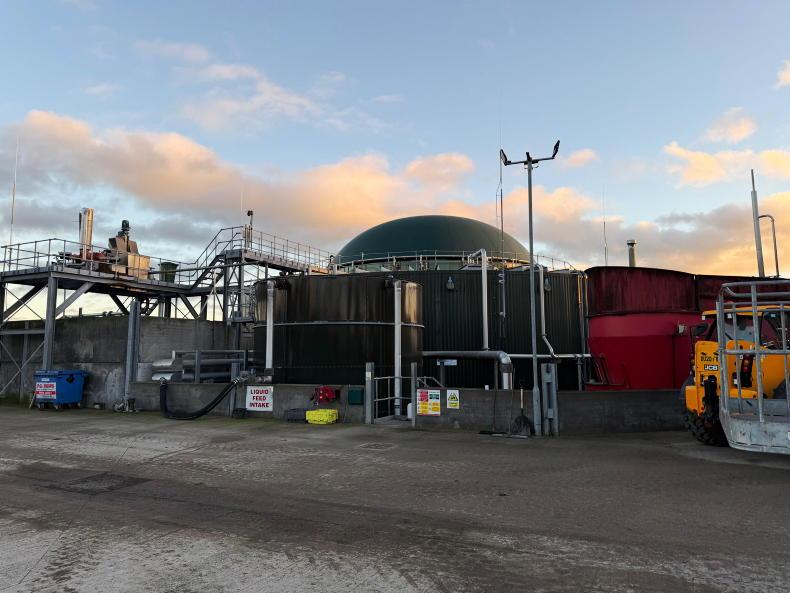
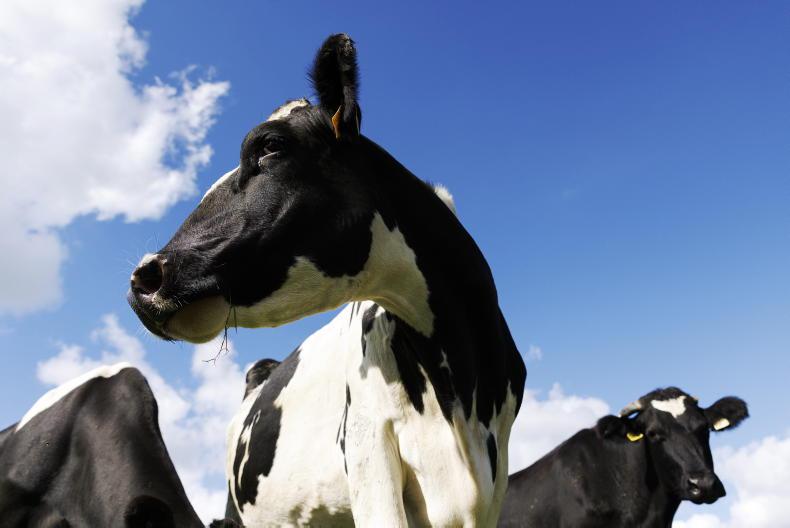

SHARING OPTIONS